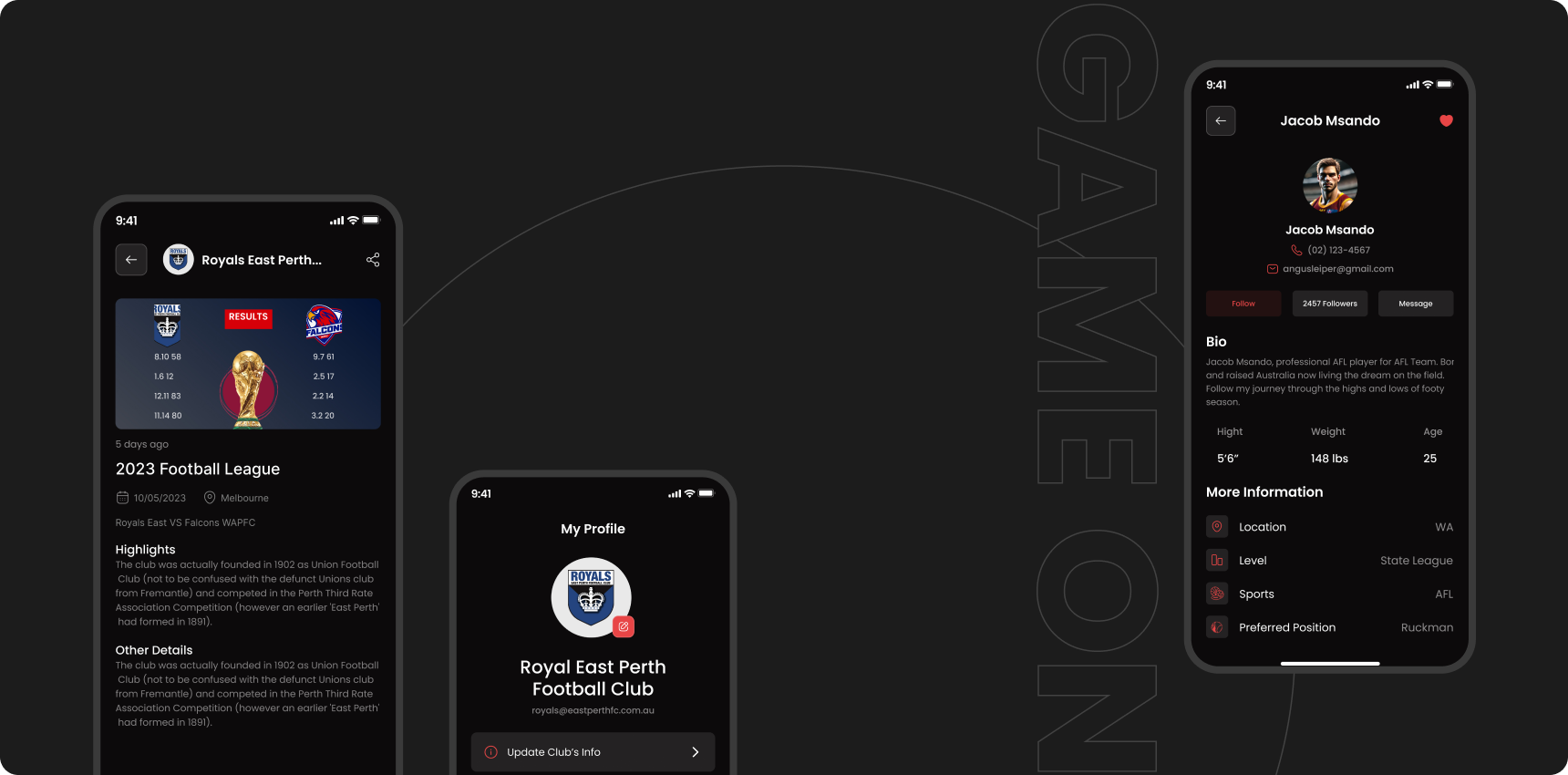Transforming Sports Community Engagement through A Mobile App
For years, Australia’s sports recruitment scene has been a patchwork of missed opportunities. Clubs leaned heavily on who they knew, not what athletes could do, leaving countless players, especially those in rural towns, stuck on the sidelines. Meanwhile, organisations wasted hours sifting through mismatched talent. Enter Game On, a mobile platform designed to cut through the noise. By blending smart tech with thoughtful design, the app tackles inefficiencies head-on, giving athletes and clubs a fairer, faster way to connect.
Get in Touch


